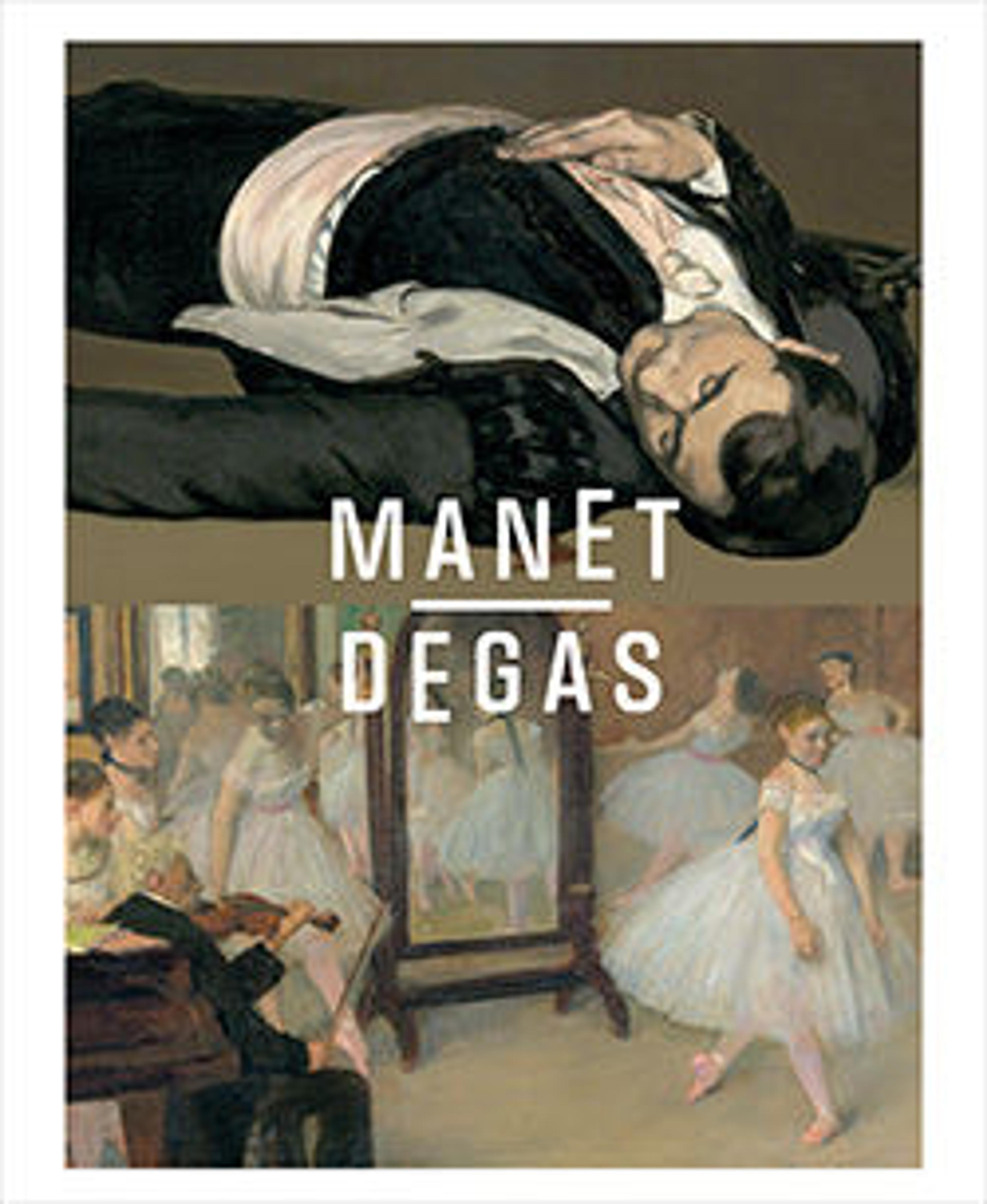Young Man, Seated, in a Velvet Beret, after Rembrandt
Degas first developed an interest in Rembrandt after viewing his prints in the collection of the Bibliothèque Nationale, Paris, as a young man during the early 1850s. He spent time there sketching from the Dutch master’s works in order to refine his technique and record thematic inspiration for future production. Soon after, Degas moved to Italy and met the etcher Joseph Tourny, who instructed him in the technical aspects of printmaking and further encouraged him to emulate Rembrandt's style. Upon returning to Paris, Degas realized several prints after Rembrandt, producing works that—like this one—were more reinterpretations than direct copies. Young Man, Seated, in a Velvet Beret, after Rembrandt reverses the composition of Rembrandt's Young Man in a Velvet Cap (29.107.9) and excises all extraneous details to focus on the expressive, brooding subject. Degas' uneven application of ink to the surface of the copper plate renders the work unique in spite of its reproductive nature.
Artwork Details
- Title: Young Man, Seated, in a Velvet Beret, after Rembrandt
- Artist: Edgar Degas (French, Paris 1834–1917 Paris)
- Artist: After Rembrandt (Rembrandt van Rijn) (Dutch, Leiden 1606–1669 Amsterdam)
- Date: 1857
- Medium: Etching; only state
- Dimensions: plate: 4 11/16 x 3 3/4 in. (11.9 x 9.5 cm)
sheet: 14 3/16 x 10 5/16 in. (36.1 x 26.2 cm) - Classification: Prints
- Credit Line: The Elisha Whittelsey Collection, The Elisha Whittelsey Fund, 1977
- Object Number: 1977.500
- Curatorial Department: Drawings and Prints
More Artwork
Research Resources
The Met provides unparalleled resources for research and welcomes an international community of students and scholars. The Met's Open Access API is where creators and researchers can connect to the The Met collection. Open Access data and public domain images are available for unrestricted commercial and noncommercial use without permission or fee.
To request images under copyright and other restrictions, please use this Image Request form.
Feedback
We continue to research and examine historical and cultural context for objects in The Met collection. If you have comments or questions about this object record, please contact us using the form below. The Museum looks forward to receiving your comments.
